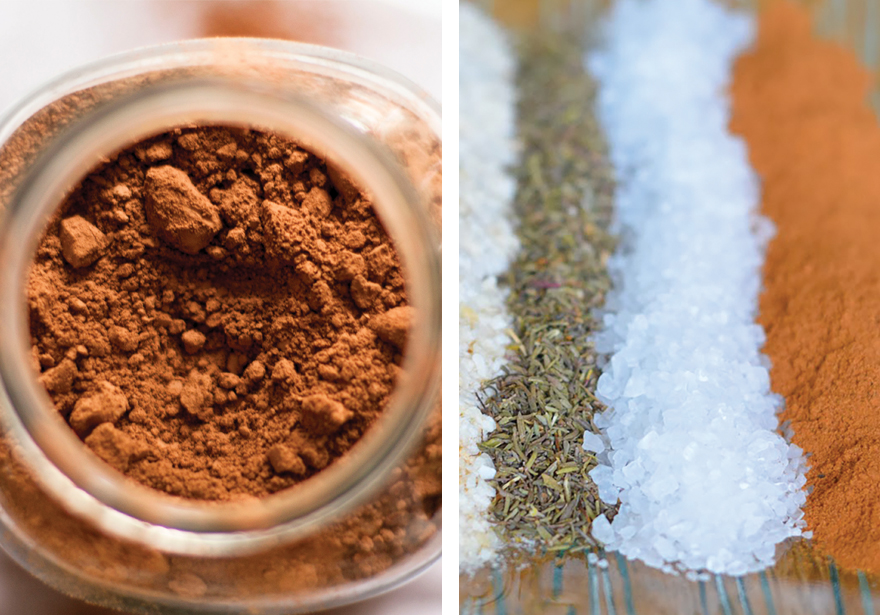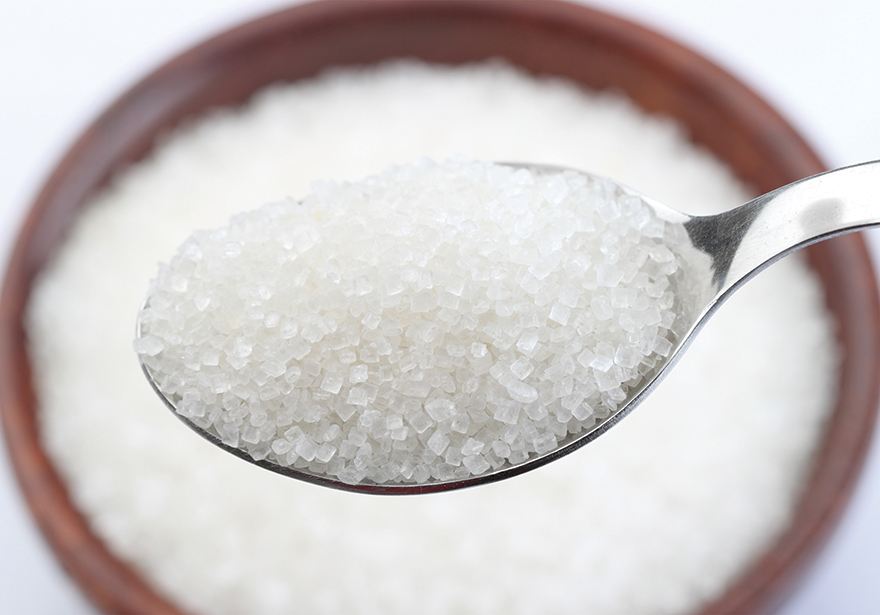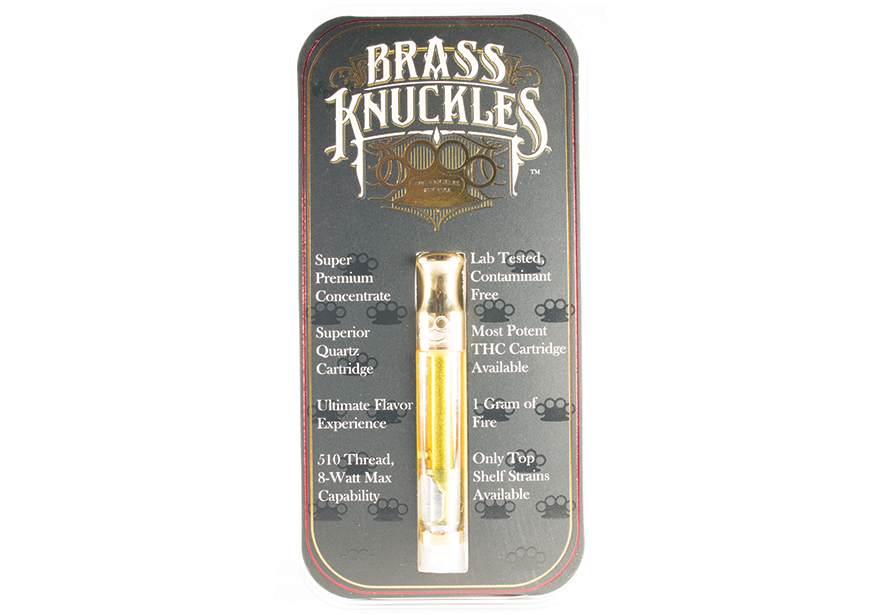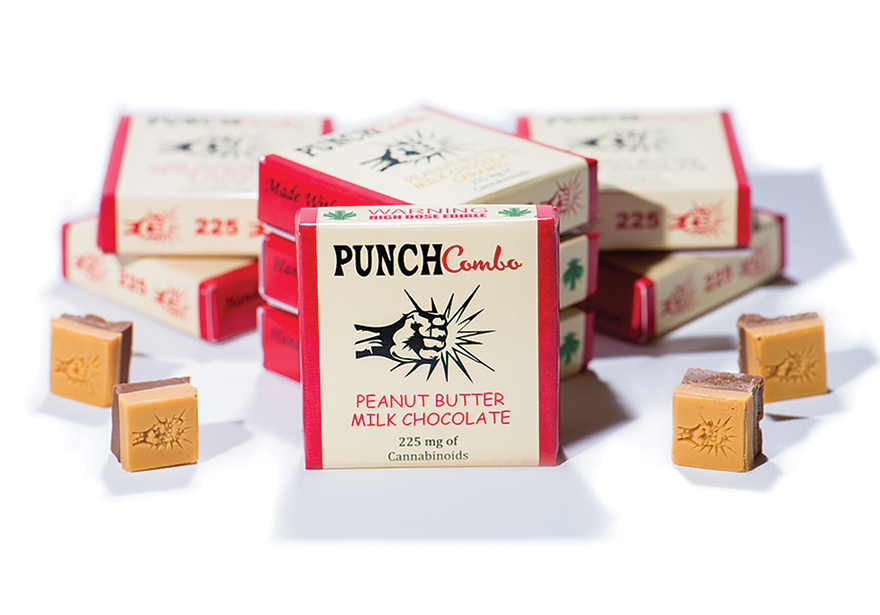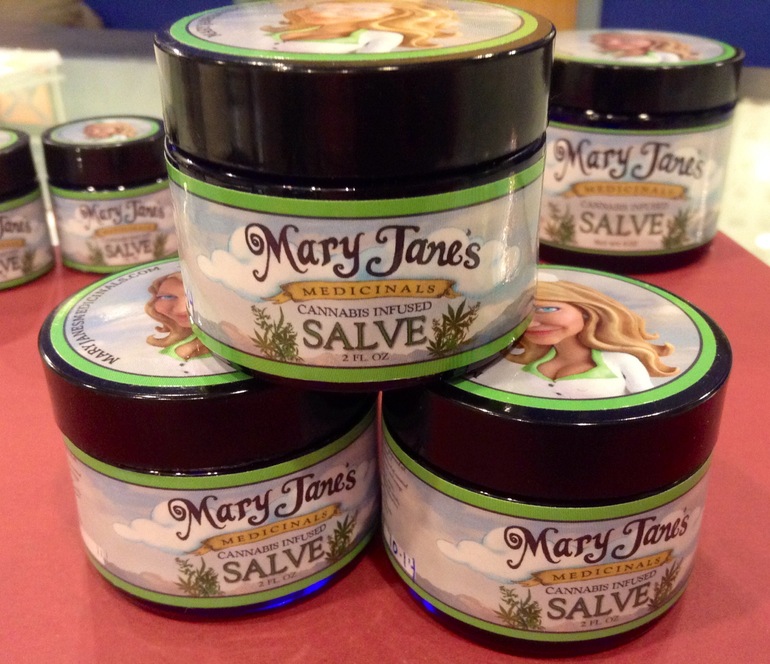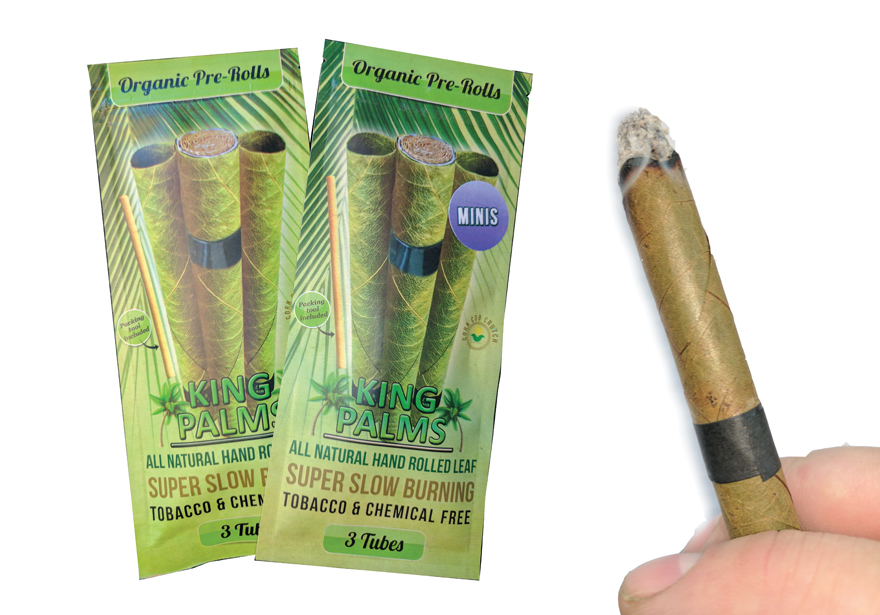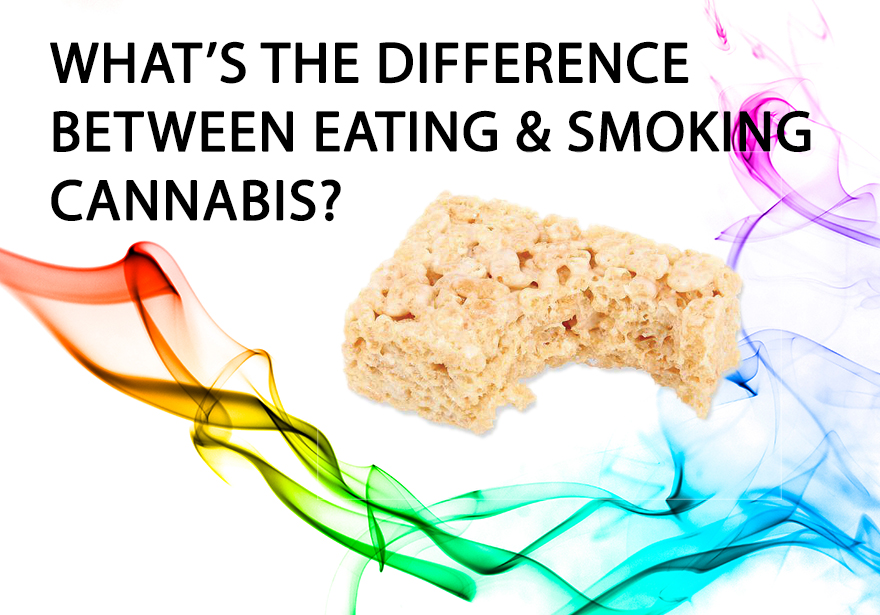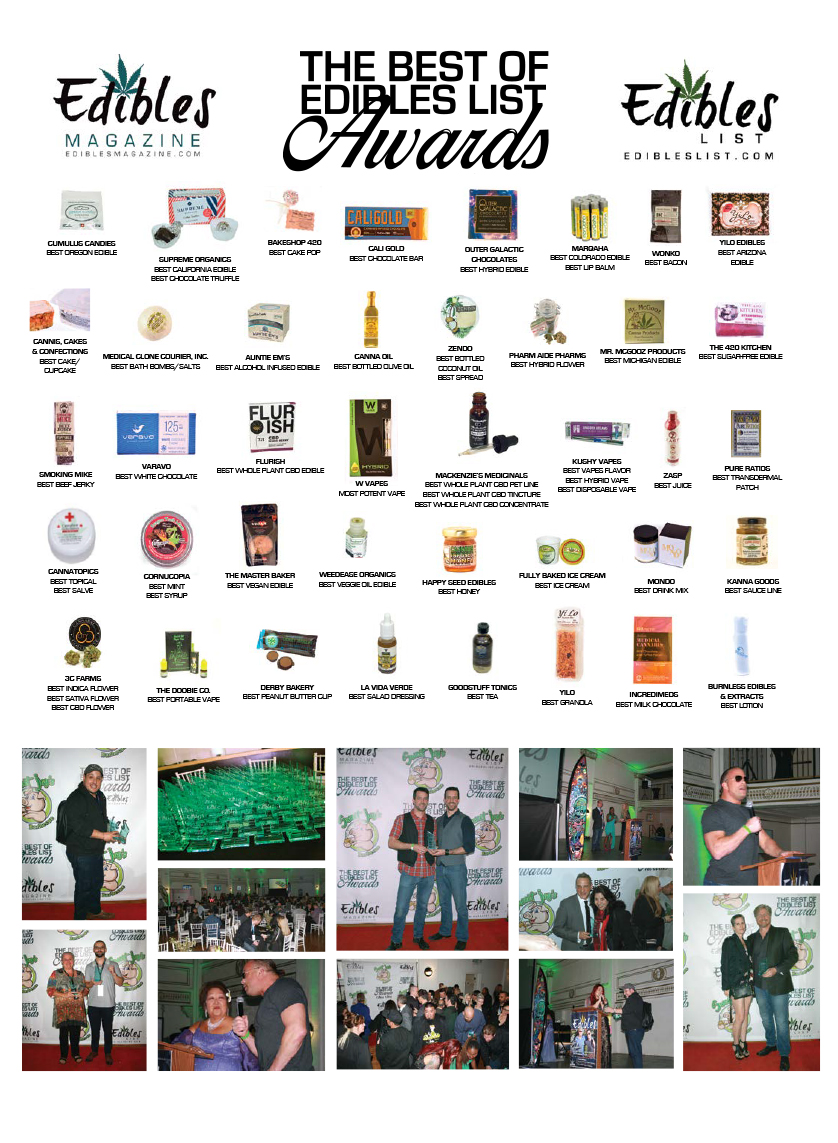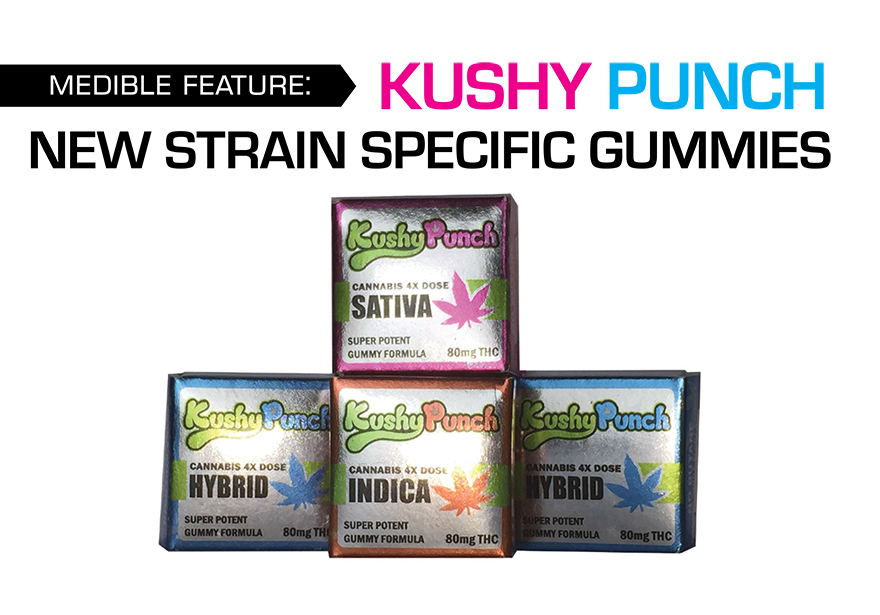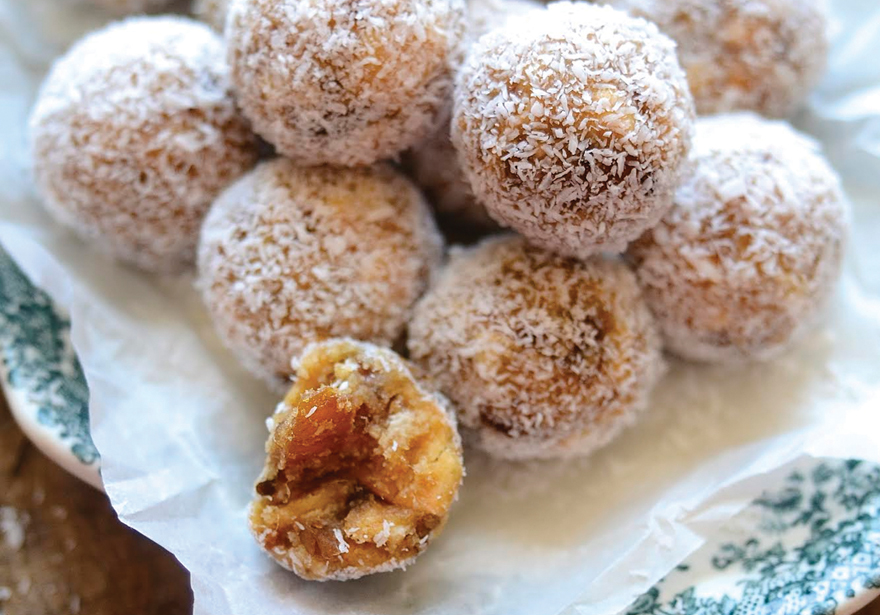Ask any food scientist what they do in between their new product development projects and they will typically answer… “cost reductions”. Food manufacturers are under constant pressure to lower their ingredient, packaging and processing costs and the responsibility usually falls over into the Research and Development group. Cost reductions are challenging because the goal is usually to keep the product tasting the same, keep the ingredient statement the same, preferably keep the “order” of the ingredients the same – but at the same time, make the product less expensive.
Before you start replacing all your tomato paste with starch, there are some tricks and techniques that can be done that will save money and not affect flavor or ingredient statements. One technique is commonly referred to as “concentration”! This is when you remove the water from your product (like a sauce for example), sell it to the customer in a concentrated state, and you then save money because you are no longer shipping water all over the place on a refrigerated truck. Of course there are some drawbacks surrounding the end user knowing how much water to add back but if instructions are clear then the savings will be worth that extra bit of store level training. Concentrated products can be found in beverages, sauces and “dry mixes” which need water added to them to consume.
Another cost reduction technique (typically with dry spice blends) involves removing the sugar and salt from your spice blend. Both sugar and salt are fairly inexpensive but when your seasoning supplier adds it before shipping directly to you , you are not only paying their premium price on commodities, but you are also paying them to blend it, mix it and put it on a truck. Since many spice blends have quite a bit of salt in them, that’s going to be a regular heavy load to ship around to the storefronts. You are better adding the salt and sugar to your final batch at the production facility. It will save you money and the time cost of adding in those ingredients will be minimal.
A third cost reduction method to consider is to replace some of the expensive ingredients with a natural or artificial flavor. For example- if you have created a strawberry beverage with an expensive natural strawberry puree- you may want to cut the cost of the product by reducing the fruit puree and adding back some natural flavor to maintain strawberry notes.
Need to lower the pH of your sauce or want to just give it more of a tangy flavor? Adding lemon, lime and other fruit juices can work well but can get expensive. Using citric, malic or acid will allow you to maintain tangy flavors without affecting your final cost.
The goal is always to maintain your products flavor and quality but saving some money on cost. Always be aware of the impact of your ingredient switch outs to make sure they don’t affect your products marketing message. For example don’t switch out molasses with high fructose corn syrup since many consumers may not want to eat high fructose corn syrup.
Rachel Zemser, cannabisculinologist.com

